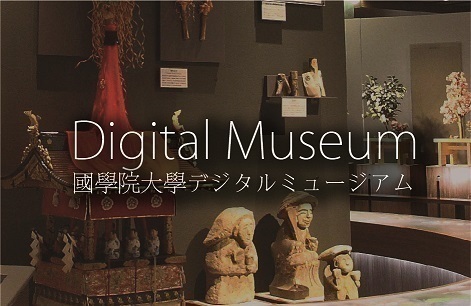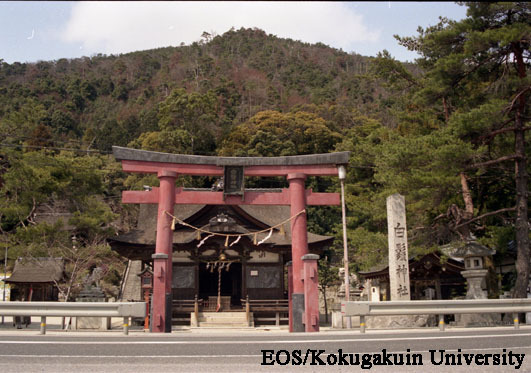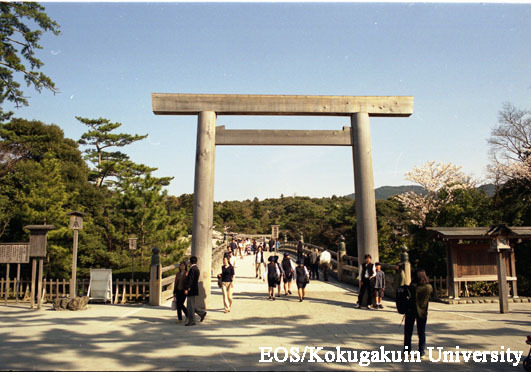- トップ
- Encyclopedia of Shinto
- Torii
Encyclopedia of Shinto
| Main Menu: | |
| Links: |
詳細表示 (Complete Article)
| カテゴリー1: | 4. Jinja (Shrines) |
|---|---|
| カテゴリー2: | Shrine Architecture |
| Title | Torii |
| Text | A formalized gateway arch signifying entrance to a sacred area. Shrines may have one or more torii. When multiple torii are present, the largest one is normally called the "first torii" (ichi no torii), and stands at the approachway to the grounds of the shrine. Torii may also be found at various points within the precincts to indicate increasing levels of holiness as one approaches the main sanctuary (honden). A torii is usually formed from two upright posts topped by a horizontal kasagi (cap beam) that extends beyond the posts on either side. Beneath the kasagi, a horizontal tie beam (nuki) is laced around the uprights and links them together. There are a variety of formal styles based on this form and found at shrines, depending on the overall style of shrine architecture employed and the character of the central deity (saijin) enshrined there. In addition to functioning as independently standing architectural elements, torii can act as integral parts of sacred fences (tamagaki) and are incorporated into the entrances of arcades encircling some shrine structures. The most common construction materials used are wood and stone, but no particular restriction is imposed. Depending on the scale and purpose, metal, concrete, plastic and other materials may be used. The origin of torii has been explained by numerous theories. Some claim that they are indigenous to Japan, while others take the view that they were imported from abroad. No single theory has gained general acceptance. Likewise, no general theory has been accepted regarding the origin of the word torii. Some theories suggest the term came from expressions signifying something like a "bird perch" (tori-iyasu or tori-ita), while other theories have suggested that the name originated in the expression "pass through and enter" (tori-iru). At any rate, based on their actual present-day function, torii can be considered an expression of the division between the profane and sacred realms. They are found not only at shrines but at Buddhist temples as well, as seen in the famous stone torii of the temple Shitennōji (in Osaka). Used as a map symbol, however, they generally signify the presence of a Shinto shrine. — Mori Mizue |







